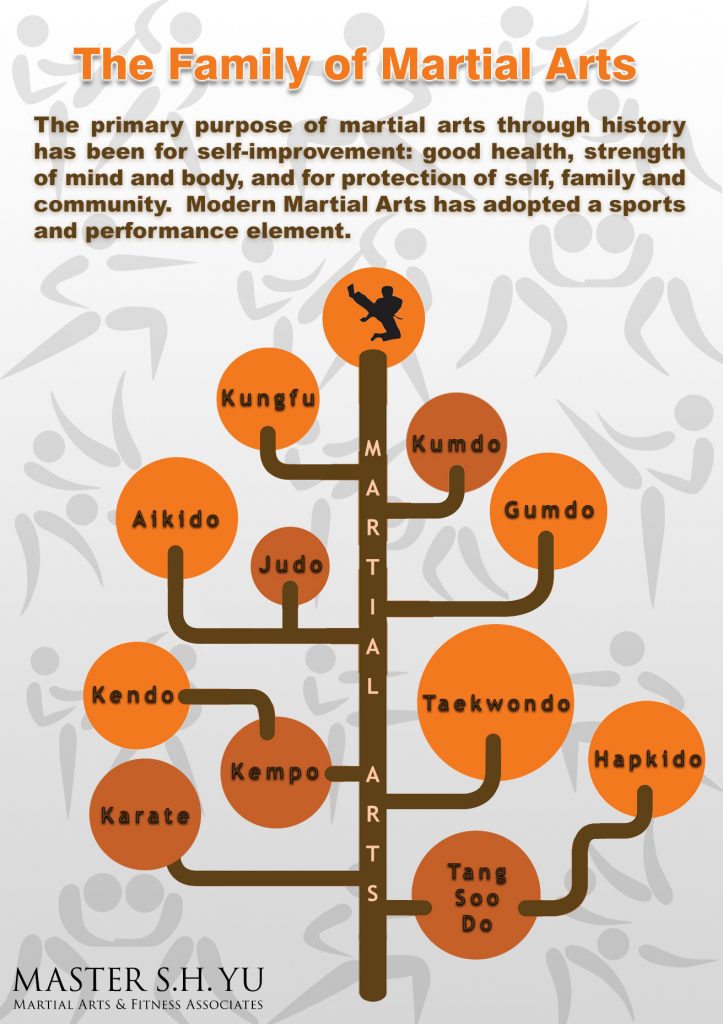Secret Distinctions Between Conventional Martial Arts And Modern Fight Sports: An Extensive Analysis
Secret Distinctions Between Conventional Martial Arts And Modern Fight Sports: An Extensive Analysis
Blog Article
Post Writer-Bright Haagensen
When you think about martial arts, do you lean extra towards the typical practices or the modern-day combat sporting activities? Each path provides unique benefits and experiences, shaped by their viewpoints and training methods. Standard martial arts highlight individual growth and technique, while modern combat sports focus on competitors and efficiency. Recognizing these differences can lead you in selecting the appropriate technique for your journey. But just how do these distinctions manifest in training and philosophy?
The Philosophy and History Behind Conventional Martial arts
While many people connect martial arts with physical fight, the philosophy and history behind conventional martial arts run much deeper. You'll locate that these self-controls highlight individual growth, discipline, and regard.
Stemming from https://selfdefensestrategiesever45554.onzeblog.com/35551228/comprehending-fear-and-empowerment-exploring-the-psychology-of-protection , traditional martial arts were commonly created for Self-Defense and spiritual advancement. They symbolize principles such as equilibrium, harmony, and self-control, assisting specialists past plain combating skills.
As you train, you'll not only learn methods yet also gain understandings right into the society and values that formed these arts. The rituals and customs, usually passed down via generations, promote a feeling of neighborhood and belonging.
The Competitive Nature of Modern Fight Sports
Modern battle sports have actually transformed the landscape of martial arts right into a highly affordable field, where professional athletes take on in an examination of skill, approach, and endurance.
You'll see that competitors are often organized with strict guidelines and regulations, ensuring justice and safety. These events draw in big target markets, sustaining the enjoyment and strength of matches.
Athletes train carefully, not just for physical expertise however also for psychological durability, recognizing that every detail counts in the ring. The adrenaline thrill during competitors is palpable, as boxers push their limitations to claim victory.
Fans value the athleticism and creativity entailed, making modern-day combat sporting activities a thrilling phenomenon that remains to progress and mesmerize enthusiasts all over the world.
Training Techniques and Strategies: A Relative Evaluation
The affordable environment of modern-day fight sporting activities needs cutting-edge training approaches that vary substantially from traditional martial arts.
In contemporary training, you'll concentrate on specific strategies, sparring, and conditioning, often using drills that mimic genuine fight circumstances. You'll see an emphasis on measurable efficiency and frequent competitors to assess your abilities.
On the other hand, typical martial arts focus on kinds, katas, and thoughtful teachings, typically stressing technique and regard over competitors.
Training is normally less intense and may involve repeated method instead of real-time sparring.
While both approaches develop ability and fitness, modern-day battle sporting activities supply an extra dynamic and versatile training atmosphere, preparing you for prompt difficulties in the ring or cage.
Select click here for more info that straightens with your goals and rate of interests.
Final thought
In choosing between typical martial arts and modern-day fight sports, it truly comes down to what you value most. If Suggested Internet page trying to find personal development, self-control, and a sense of community, typical arts may be your ideal fit. But if you grow on competitors and real-time obstacles, modern-day fight sporting activities could be the way to go. Ultimately, both courses offer one-of-a-kind benefits, so it's all about aligning your training with your personal objectives and interests.
